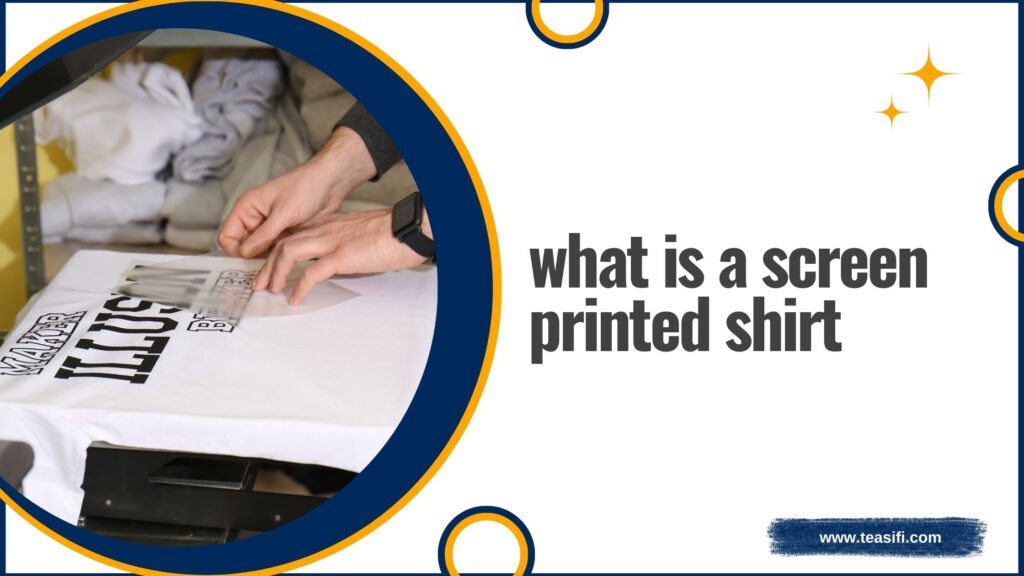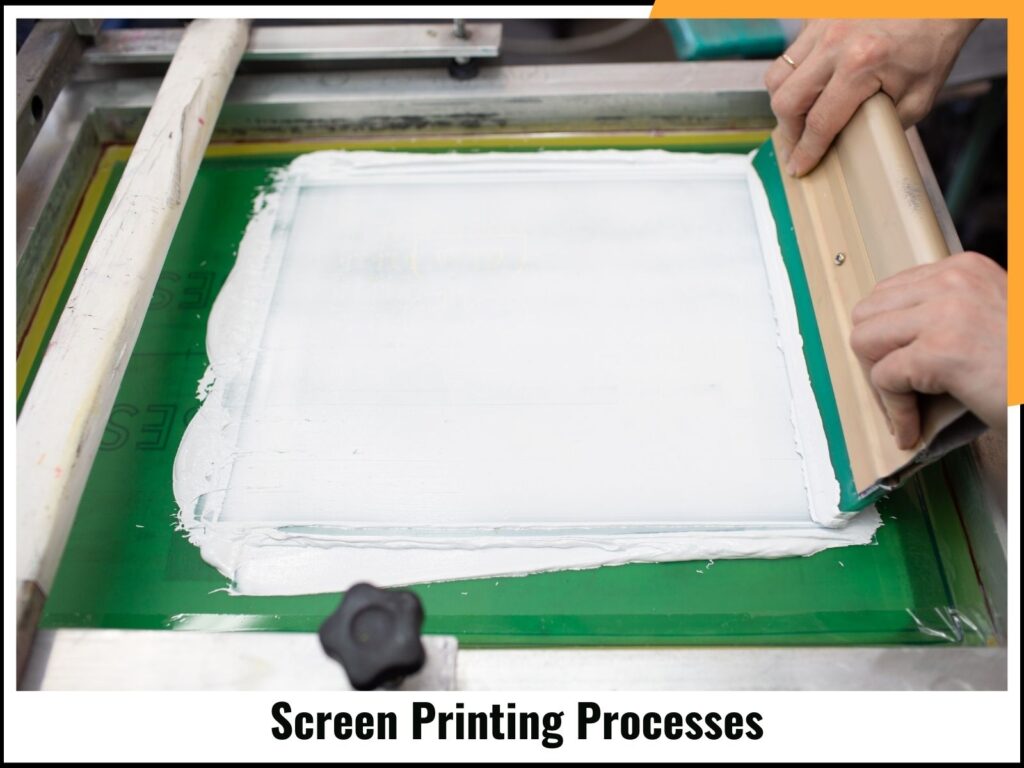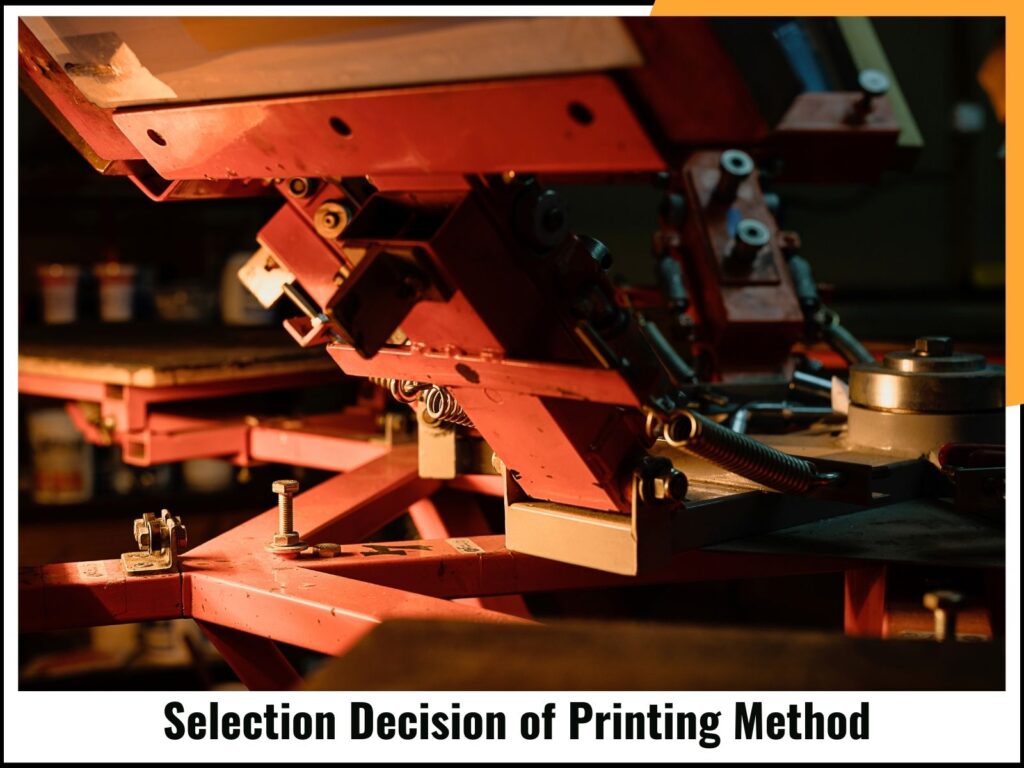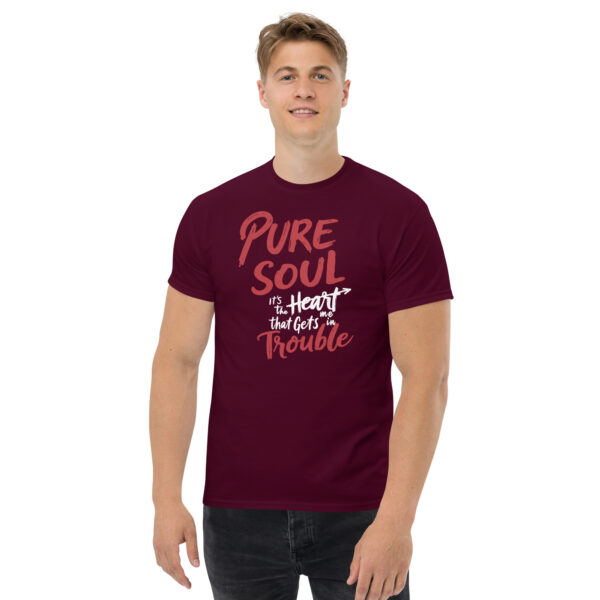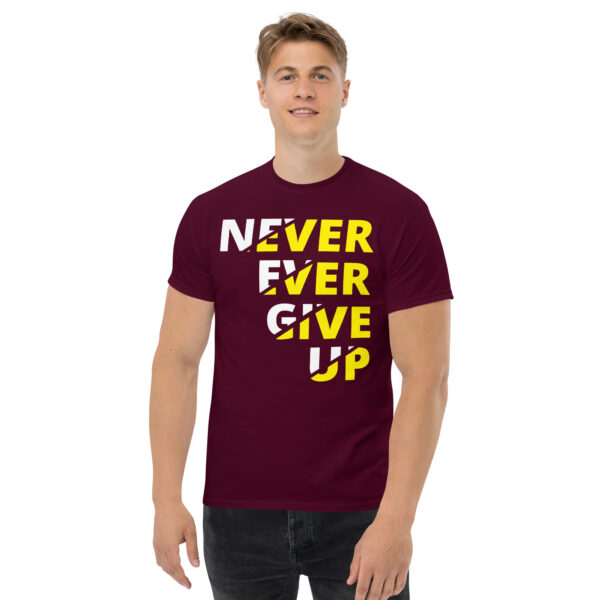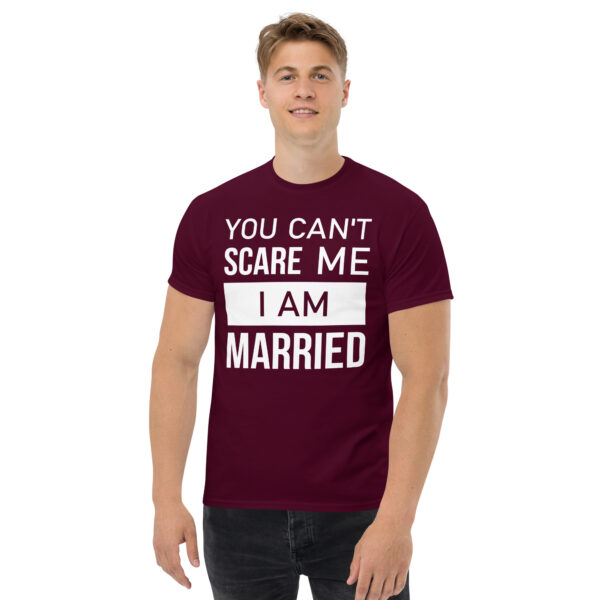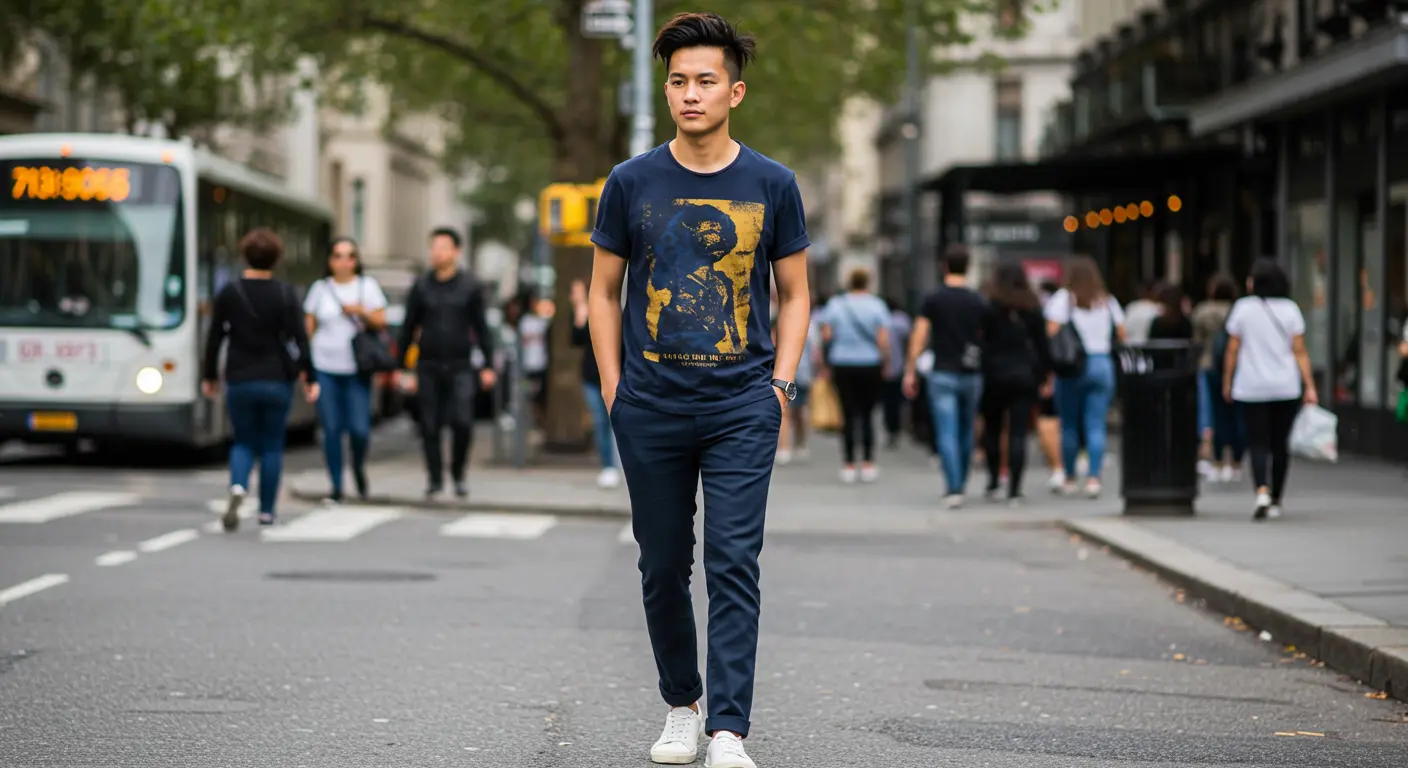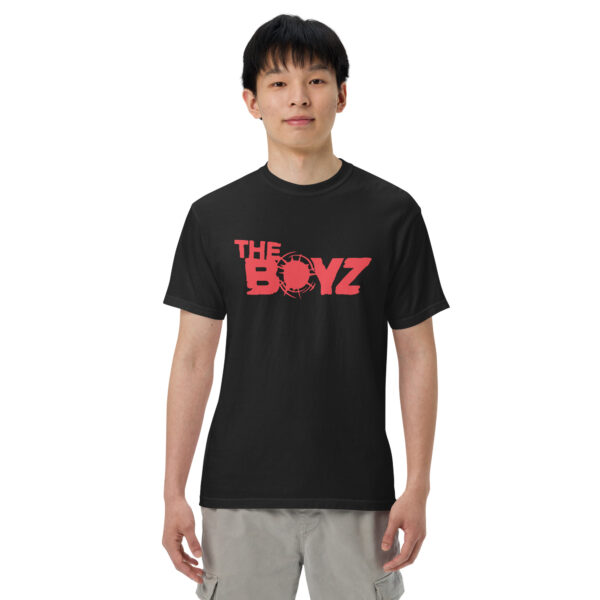When it comes to putting a design on a shirt, screen printing stands out as one of the most popular methods, offering bold colors, durable prints, and high-quality results.
This printing process involves creating artistic designs through a unique method where ink is pressed through a stencil onto the fabric, ensuring vibrant colors and print durability.
Compared to digital printing, which emphasizes high-definition prints and versatility, screen printing is known for its ability to create bold, long-lasting designs that are perfect for trendy apparel and customized options.
Whether you’re exploring printing preferences or comparing pros and cons, the choice often depends on material suitability, the need for creative flair, and how well the method aligns with your customization goals.
Table of Contents
ToggleThe Difference!
Screen printing and digital printing offer distinct advantages, making the choice between them all about what suits your design needs.
Screen printing excels with bold designs and large quantities, as ink is applied directly onto fabrics like t-shirts, jackets, or even canvas shoes using a stencil, ensuring designs are correctly aligned and durable.
It’s ideal for simple, high-quality prints but may not suit intricate detail or small orders.
Digital printing, on the other hand, shines with small custom orders or detailed designs, transferring vibrant, high-quality images onto fabric through heat and transfer paper.
While digital printing ensures intricate prints, it can become expensive for larger amounts.
Your printing method depends on your preference for creativity, material compatibility, and whether you value versatile designs or precise alignment.
Screen Printing Processes
Screen printing, often called silkscreen, is an artistic yet precise printing method that utilizes a stencil to transfer ink onto surfaces like fabric, paper, and even materials such as glass or metal.
The design process demands both skill and attention to detail, ensuring each image is completed correctly and aligned as intended.
Known for its versatility, this technique creates vibrant prints on T-shirts, posters, ceramics, and fine art, making it a popular choice for branding and customization.
By using Pantone colors for unmatched color precision, it delivers super-saturated hues that perfectly match logos and ensure a consistent look across marketing materials like shirts and hats.
The ability to adapt to various surfaces and accommodate detailed designs makes this technique a staple in creative options for graphic design and material versatility.
Key Point
Screen printing begins with a screen carefully placed over the surface to be printed, ensuring precise alignment.
A squeegee is then used to push ink through the stencil, filling the negative space of the design. This method ensures the color transfers flawlessly, creating vibrant prints that stand out.
The ink application is meticulous, producing durable prints compatible with various materials.
Once the process is complete and the screen is removed, the design takes shape beautifully, showcasing custom details and artistic versatility.
This process highlights the material compatibility and creative options available, making it a go-to choice for detailed and professional results.
How Does Digital Printing Work?
Digital printing, also known as direct-to-garment, offers a quick and versatile way to get your logo or design printed on clothing, including fabrics like shirts.
With this method, the design is printed directly onto the garment using inkjet technology, which deposits tiny ink droplets precisely on the fabric.
Unlike screen printing, there’s no need to worry about issues like colors running or bleeding, as digital printing allows for perfect gradients and a wide range of hues.
The process begins by sending a digital file to the printer, which uses nozzles and a print head to control the size, spacing, and placement of the droplets.
This allows for vibrant prints and fine details, like text and intricate lines, to be captured accurately.
The ability to print in up to six colors, and even achieve subtle shades of gray, makes digital printing ideal for designs that require high levels of detail.
Whether you’re printing a finalized image or customizing a design, digital printing offers both efficiency and precision, making it a popular choice for modern clothing designs.
How much it Costs?
When deciding between digital printing and screen printing, the cost comparison plays a crucial role, especially for businesses trying to stay within budget.
Screen printing often requires professional-grade equipment with set-up costs ranging from tens to hundreds of thousands of dollars, but it offers better durability and high-quality prints at an average price of $7 per unit.
In contrast, digital printing is typically less expensive, around $1-$3 per unit, and is well-suited for vintage designs and special effects, though it can be more limited in terms of printing range and cost-effectiveness.
Whether you’re a business owner or manager, making an informed choice based on the specific needs of your project and your investment goals is key.
Proper research into both methods and their respective costs will help ensure that the printing method you choose works best for your business, while maintaining efficiency and meeting budgetary constraints.
Selection Decision of Printing Method
Choosing between screen printing and digital printing ultimately boils down to your specific needs, preferences, and the design you want to bring to life.
Screen printing, with its ability to deliver vibrant colors and exact Pantone color matching, excels in creating custom shirts that stand out with one-of-a-kind, original designs.
This method allows for artistic creations, including glitter, and guarantees high-quality prints thanks to its attention to detail and quality control throughout each step.
While it may take extra time to complete due to the manual process, the result is a durable, eye-catching garment.
On the other hand, digital printing offers a more cost-effective, hassle-free alternative, making it an excellent choice for small businesses and those who need custom garments quickly.
This method is highly efficient, requiring no screens or films, and is particularly suitable for lightweight designs.
Digital printing also provides a clean process, perfect for those looking to execute original designs without the complexity of traditional screen printing.
Whether you’re designing a custom shirt for a business or personal project, the selection of printing method should align with your goals for efficiency, cost-effectiveness, and design execution.
Conclusion: What are the next steps?
When you’re ready to create your custom garments, whether you’re leaning toward screen printing or digital printing, it’s important to trust a service like Real Thread.
We specialize in printing high-quality garments with precision and passion, offering a range of customizations to make your designs truly unique.
From choosing vibrant fonts and colors to selecting soft fabrics and intricate patterns, we ensure your custom shirts reflect your vision.
Our team of printing experts is always available to assist you, providing professional service and guidance to guarantee that your finished product exceeds your expectations.
With our commitment to authenticity and quality, your printed garments will be crafted with care, ensuring confidence in the final result.
FAQs
What is the difference between screen printing and digital printing?
Screen printing involves transferring ink through a mesh screen onto fabric, while digital printing uses inkjet technology to print directly onto the material.
Screen printing is often preferred for large runs, offering high durability and vibrant colors, whereas digital printing is ideal for smaller runs or designs with intricate details.
How does digital printing work on garments?
Digital printing works by using an inkjet printer to directly apply the ink onto the fabric. The printer sprays tiny droplets of ink, allowing for detailed designs with vibrant hues, gradients, and fine details. It offers more flexibility for intricate and multi-colored designs.
What is Pantone color matching in screen printing?
Pantone color matching ensures that the specific shades of ink used in the screen printing process match the exact colors in the design. This method allows for consistent color reproduction across different print runs and garments.
Why is screen printing considered more expensive than digital printing?
Screen printing requires an extensive setup process, including creating screens for each color, which can be time-consuming and costly.
Additionally, it’s most cost-effective for larger print runs, but for small quantities, digital printing is often a more budget-friendly choice.
How long does the screen printing process take?
The screen printing process can take longer than digital printing due to the setup required for each color layer. However, for larger orders, the time spent per unit decreases as the process becomes more streamlined.
Can digital printing be used for all types of fabric?
Digital printing can be used on a wide range of fabrics, particularly those with a smooth surface. It is most effective on materials such as cotton, polyester, and blends.
However, it may not work as well on fabrics with high texture or those that are difficult to handle by inkjet printers.
What are the key benefits of using a professional custom printing service?
A professional custom printing service ensures high-quality results with expert guidance throughout the process.
They offer customization options like unique designs, fonts, colors, and fabric choices while maintaining the integrity of the artwork and ensuring efficient production times.

